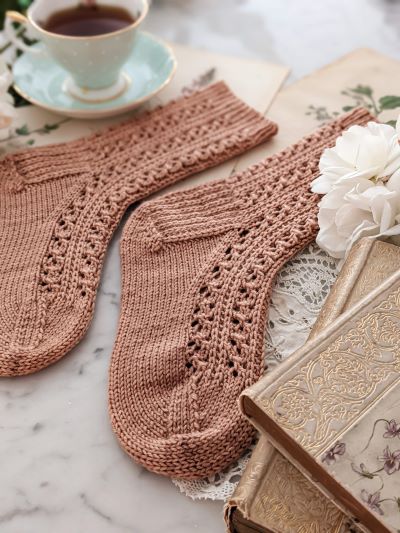
I want to revisit something a few test knitters mentioned recently. In their responses to my recent question about red flags that scare them off, some test knitters reported experiences where designers require testers to buy the pattern if they don’t finish the test knit on time, impose a whole bunch of mini deadlines, demand that the knitter use the same yarn that was used in the original sample (without providing any financial assistance), or even insist that the knitter provide the designer with their finished object (without the designer paying for it).
That’s not cool.
I’ve heard more and more stories like this over the last six months to a year. While I see what designers are trying to do, I think this approach is counterproductive. So let’s break it down a bit.
What’s the problem? Well, there are two sets of problems here. First, there’s the set of problems the designers are trying to solve. Second, there’s set of problems the designers are creating for the test knitters.
Designers are Trying to Solve Problems
Let’s start with the problems the designers are trying to solve. The biggest issue is that there are timelines in the design process. Some designers are working on inflexible timelines that are imposed by publications. Others have timelines created by their own self-publishing schedule. In that case, if one pattern gets off schedule, it throws off all the others, too. When testers don’t finish on time, the designer has incomplete data to evaluate whether the pattern is ready for publishing.
For other situations, the designers may only have one or two people testing a specific size. In those cases, even though it looks like the tester pool is large, if one person fails to complete their test, that could result in there being no testers for a particular size.
And of course, it sucks when you feel like you’re being taken advantage of. When a test knitter signs up, doesn’t complete the test, and doesn’t communicate with the designer about it, it can feel pretty crummy. I’ve had it happen before, and I get it.
But designers are trying to solve these problems by making the process more complicated. That just creates new problems.
Designers are Creating Problems for Test Knitters
All these additional rules and requirements create three serious issues. I’m going to address each of them.
Too many rules can be unintentionally discriminatory.
Requirements and rules, by their nature, limit your testing pool. With each additional requirement and restriction a designer imposes on a test knit, they run a real risk. They could scare away the knitters they most need to have involved in their test knits: those knitters whose perspectives are vital for a well-written, accessible, usable pattern.
Think about it. If you require weekly check-ins with progress reports, that could exclude a tester working irregular hours. They might have lots of time one week but less the next week. That means they’ll still get the test done by the final deadline, but might not be able to meet the mini deadlines.
The rules and requirements make test knitters feel untrusted.
Test knitters report these rules also set a negative tone for the test knit experience. Many of my testers mentioned how much they enjoy the sense of community and camaraderie in the test knit process. If that’s one of the reasons test knitters sign up to do this otherwise uncompensated work, then depriving them of that experience removes one of the few things that makes test knitting worth it for them. One test knitter mentioned these sorts of restrictions made her feel like the designer assumed that testers were untrustworthy. That’s not a great way to set people up for a positive experience.
Rigidity makes test knitters think their personal lives don’t matter to you.
These requirements also give an impression of inflexibility that doesn’t accommodate major life events. I’ve had testers in my groups frantically message me about urgent family emergencies. They write to say they’re doing their best and staying up late to finish the test knit on time. I’m always a little surprised by that. I think it comes in part from these other test knits that impose really inflexible requirements. My first response is always that life and family come first.
What troubles me is these additional requirements start to mimic some of the unhealthiest aspects of American workplace culture. While it’s one thing to have to deal with that for your income, it’s quite another to have to deal with it for work you’re doing for free.
How I Balance These Competing Issues
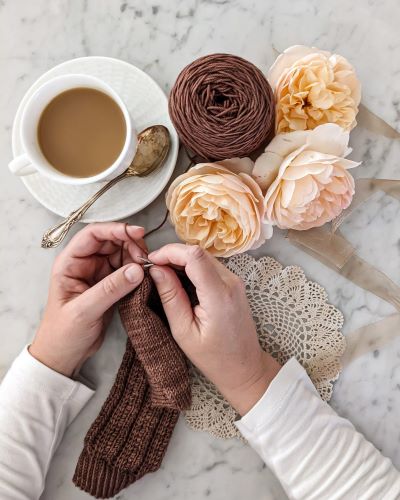
So how do we fix the problems the designers are facing without creating new problems for the test knitters? Well, here’s what I do.
First, I use a large testing group. I don’t just have four or five testers. I usually have 10 to 15 testers for a pattern. That means that I can have fully half of my testers fail to complete the test for whatever reason, and everything will still be okay.
Second, I recruit testers in several different places. I’ve mentioned before how I use a multi-phase process to recruit test knitters. If you missed it, it’s worth checking out that post again. Recruiting testers in several different locations means I am more likely to find testers from a broader range of backgrounds with a wider range of sizes.
Third, if I have a garment with multiple sizes, I make sure to recruit several testers for each size. That way, if one or two needs to back out or change sizes, I still have somebody left to fill that spot. This can be trickier for garments at the largest and smallest ends of the size spectrum. If, however, you give people enough lead time, that helps alleviate a lot of issues. You can also specifically recruit test knitters for larger sizes via the Fat Test Knits community on Instagram.
Fourth, I always make sure to have a mix of trusted, regular testers and new testers in any test knit group. That way, I know that there are some people I can count on to finish the test, and I also have space to give new folks a chance to test. (That’s not an entirely altruistic move on my part, by the way–you want to make sure you have fresh testers so you know your testers aren’t just used to how you write things and thus glossing over confusing instructions.)
All of these strategies help make it more likely that I’ll have a successful test knit, even if somebody needs to back out.
Second Chances Are Good for Everyone
But what about the testers who didn’t complete the test on time?
I have a policy that everybody gets a second chance. In most cases, they get a third and even sometimes a fourth chance. That’s because life happens, communication glitches happen, and mental health crises happen. I’m not laboring under the misimpression that my knitting patterns are so important they trump any of these things.
It turns out that I am a happier person when I am not keeping careful track of who has and hasn’t completed a test to exacting specifications. My energy is finite, and there are other things I’d rather spend it on.
And you know what? I’ve almost never had to decide a tester is no longer someone I would include in a test knit. It turns out that when you trust people and treat them well, more often than not, they do the same for you.
Let’s stay connected!
Join my newsletter for 30% off all new releases, regular updates with helpful tips and tricks, first crack at registration for upcoming workshops, exclusive discounts, and more.
Join the A Bee In The Bonnet Facebook Group to participate in knitalongs and other fun community events
Come hang out with me on the A Bee In The Bonnet TikTok
Follow along on the A Bee In The Bonnet Instagram
Get inspired via the A Bee In The Bonnet Pinterest

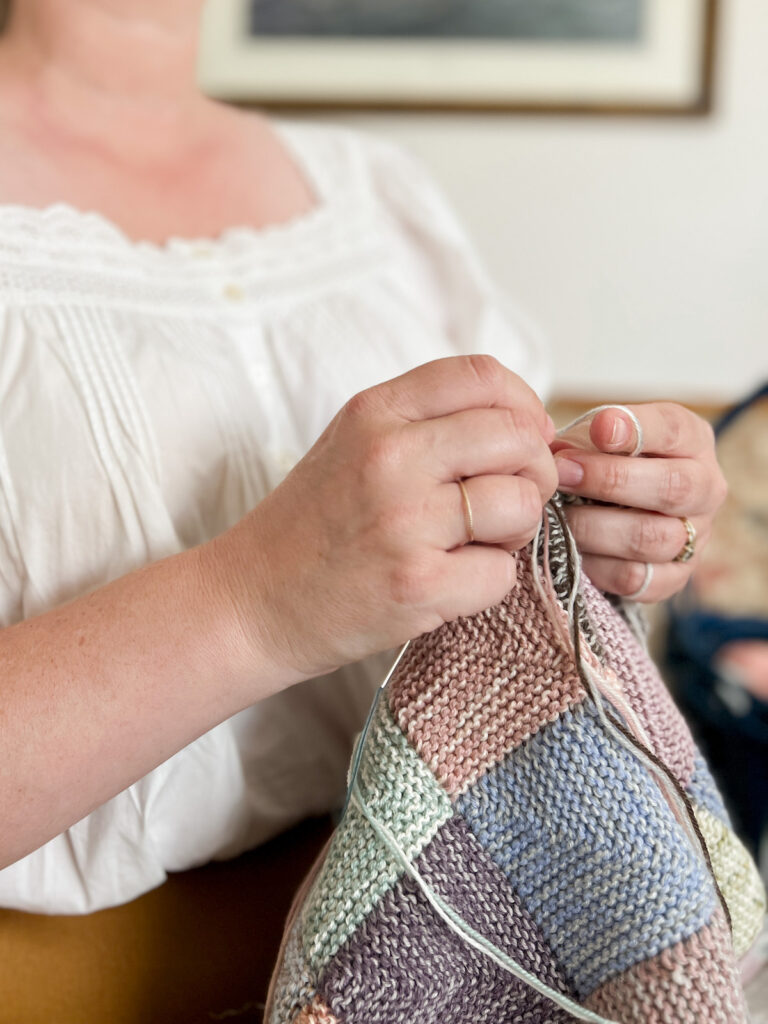
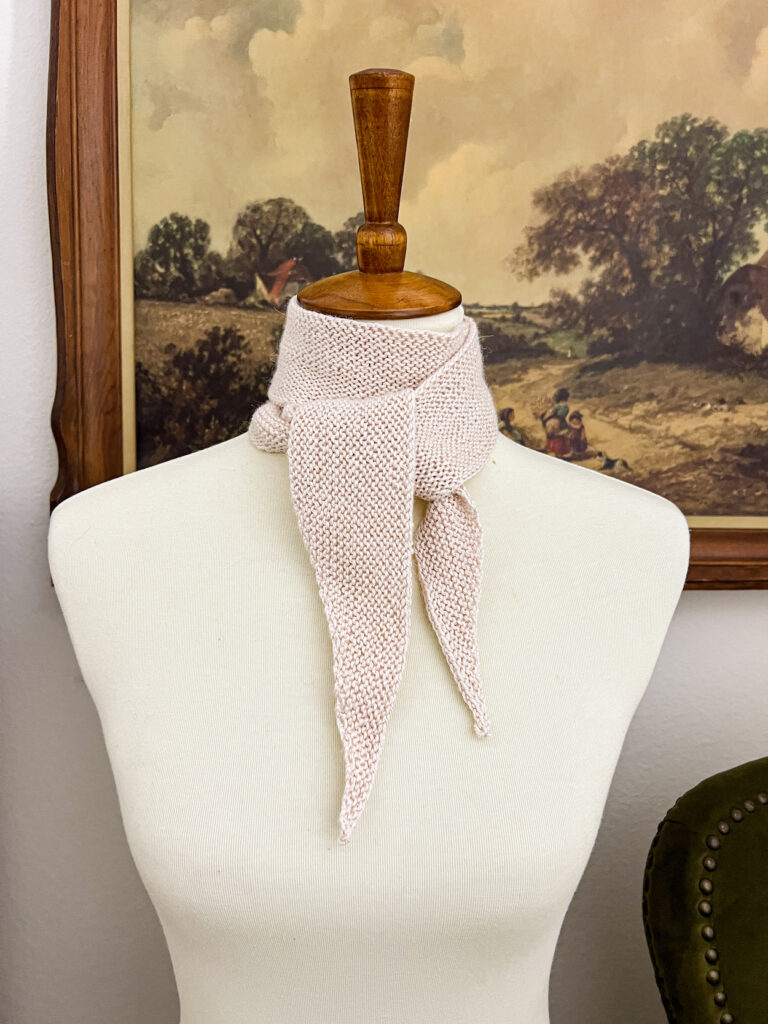
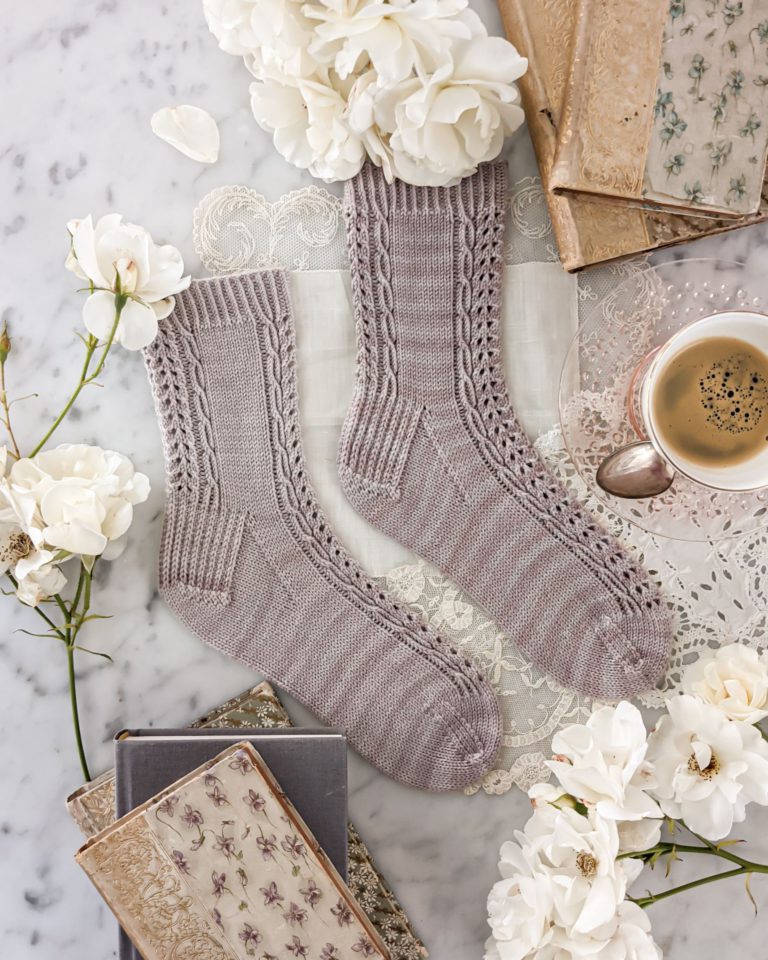
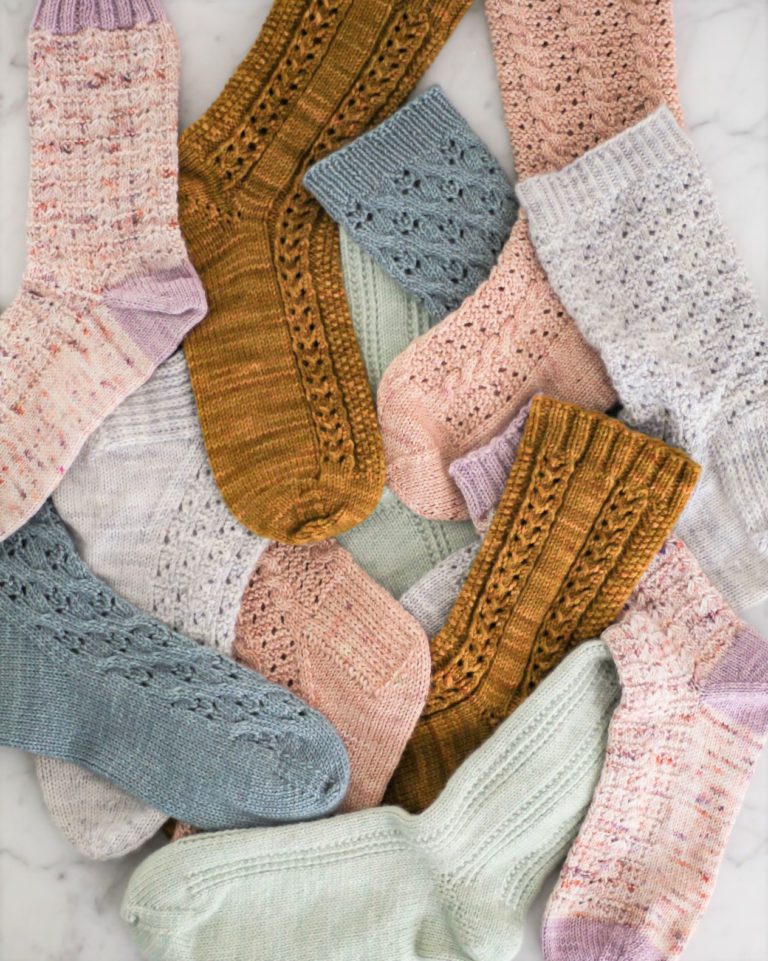
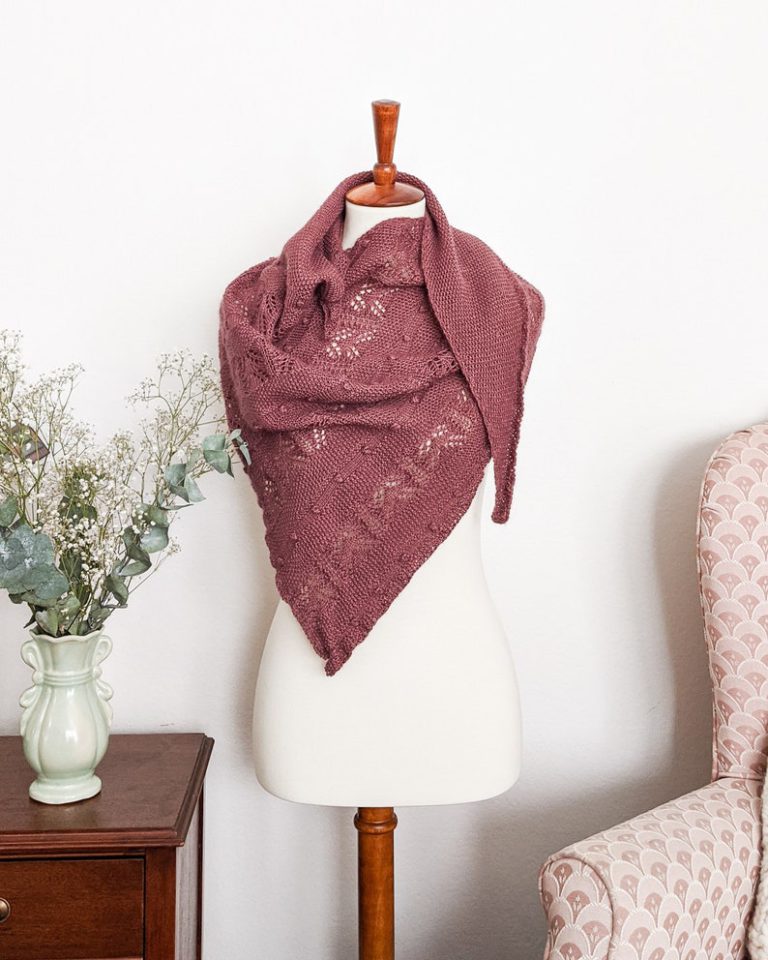
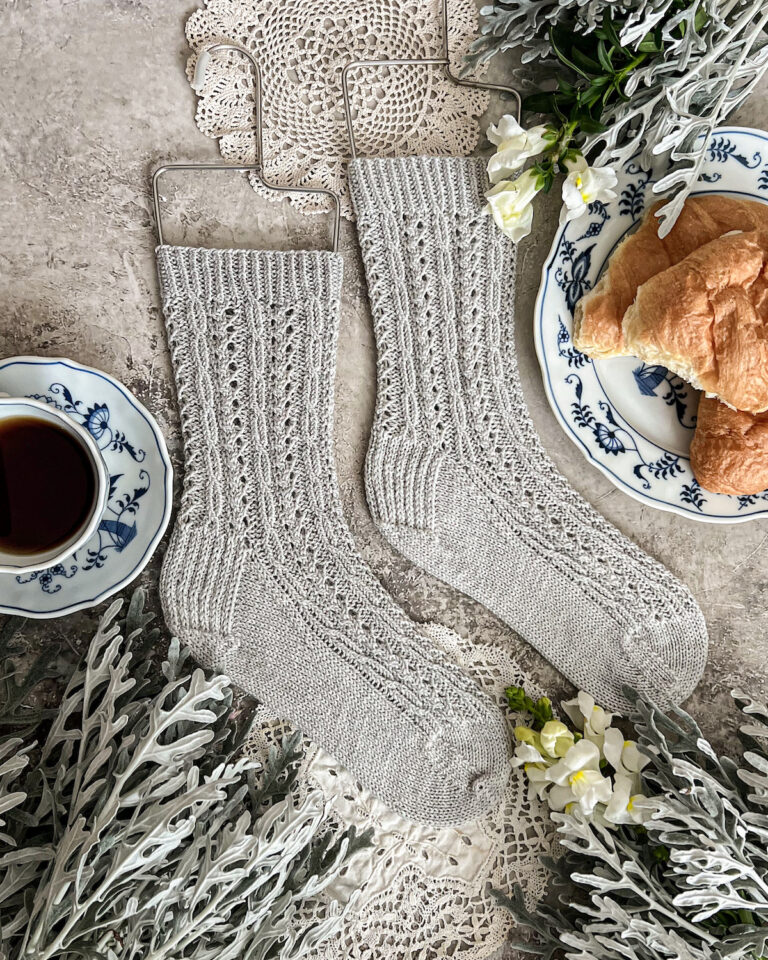
Very nice explanation and exploration into test knitting. I have done one test knit and enjoyed the experience and will probably do more. I don’t like knitting with certain fibers and certain types of yarn so I always want to make sure that the designer doesn’t require them…..
I’m thrilled to hear you had a good first test knit experience! As a designer, I love when a couple testers use yarn that is a different fiber so we can all see how that substitution works.
Im having a plushie tested right now and one of the testers emailed me their progress. However I can see they aren’t following the pattern how I wrote it and are doing things the way they WANT to do it instead of how I’m having them test it. It’s frustrating because they are using stitches and techniques that aren’t in the pattern. How do I nicely ask them to please test the pattern as written?
I think you do it just like that! The whole point of testing a pattern is to make sure it works as written. The tester can make another version afterward with all the modifications, but for now, the test version needs to follow the pattern or the test isn’t serving its purpose.